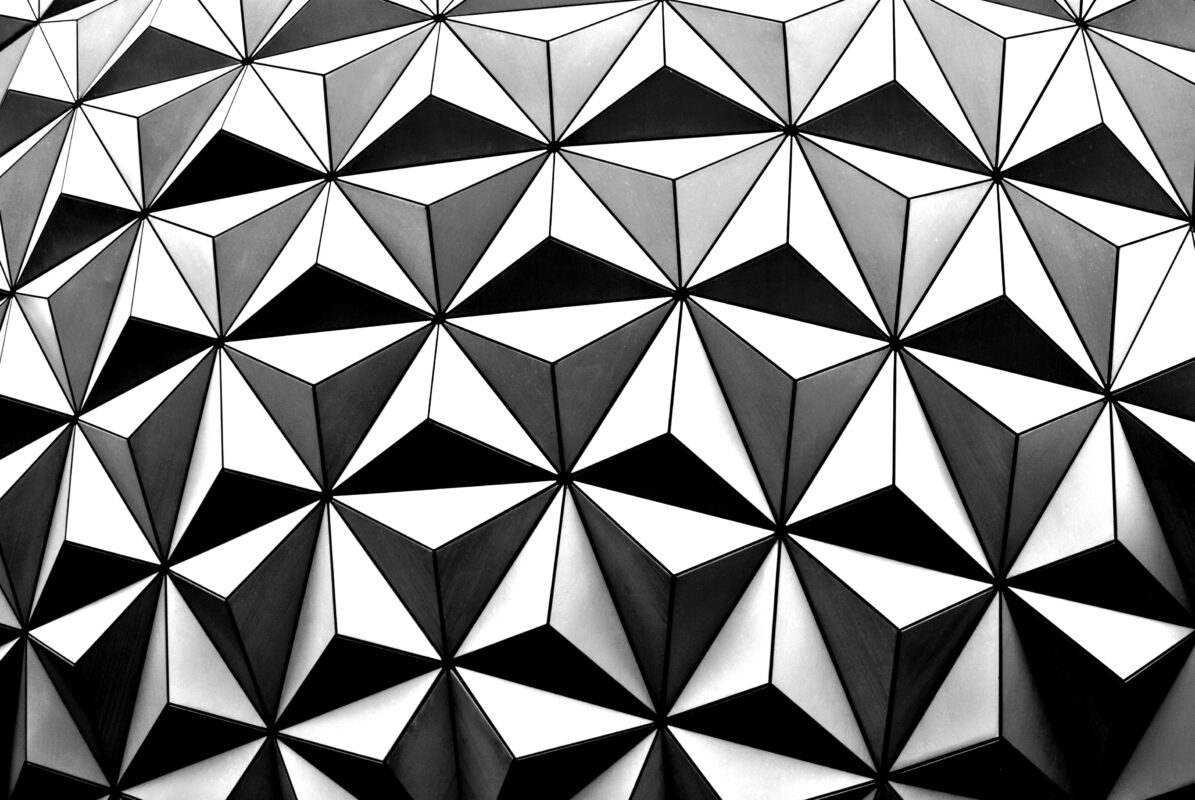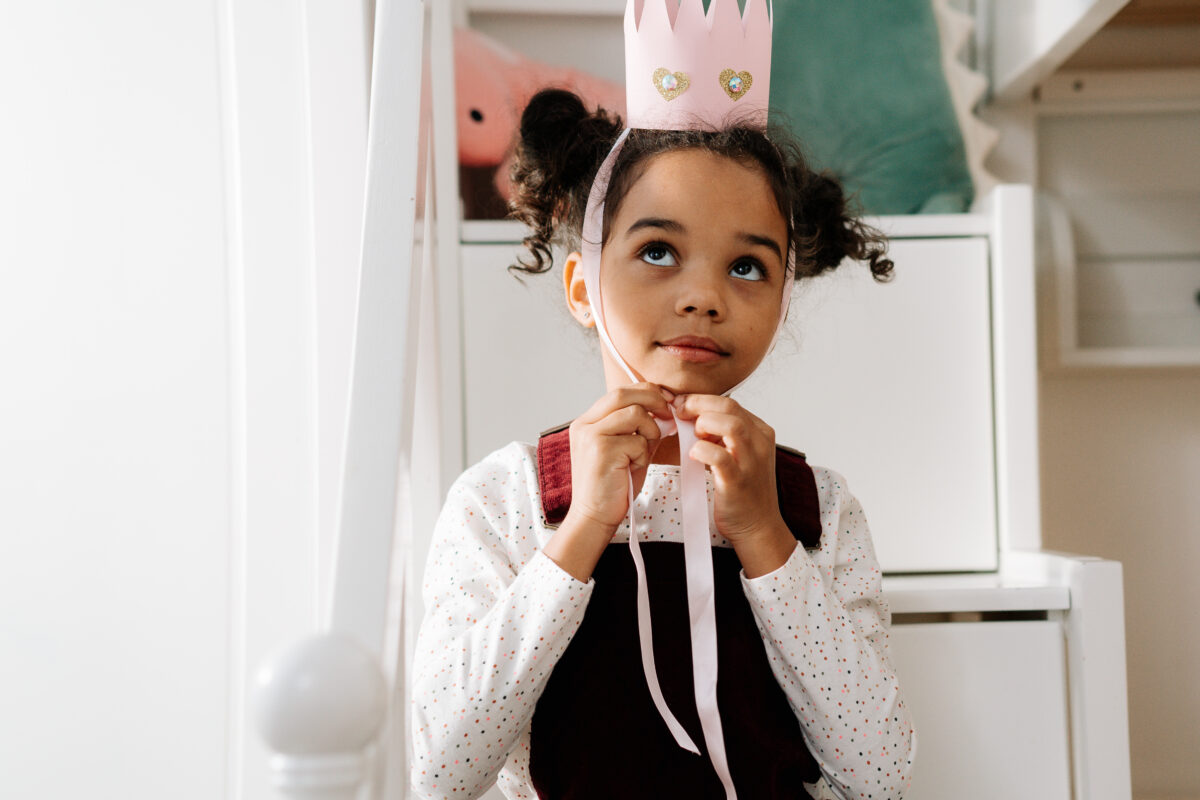Imagine immersing yourself in a world filled with enchanting tales peppered with valor, romance, and oodles of royal glamour, as you explore the transformation journey of Disney princesses. In this fascinating read titled ‘Unveiling the Evolution of Disney Princesses: A Journey from Realism to Fantasy’, immense insights await you. Over the decades, these iconic characters have evolved, shifting the balance between realism and fantasy. This fascinating transition not only mirrors broad cultural changes but also shapes the childhood of millions globally. So, brace yourself for a magical joyride that promises to enlighten, entertain, and enchant.

This image is property of images.pexels.com.
Beginning of Disney Princesses: 1920s to 1950s
Disney princesses have been part of our collective imagination since the 1920s, influencing cultural ideals of femininity and providing aspirational figures for young girls. Their history reflects societal trends and norms of the time.
The first princess: Snow White
Snow White, the first Disney princess, was introduced in 1920. This was a time when the societal expectation of women focused on maintaining the home and performing traditional domestic work. This is reflected in Snow White’s character, who is depicted as kind, loving, and domesticated, spending much of her time caring for the dwarfs she lives with.
Character design and animation style
You can note the character design and animation style was simple, yet aesthetically pleasing. The technological limitations led to a softer, more flowing style, achieved by using techniques like ink and paint on cels which were then photographed onto a painted background.
Theme and narratives: Reflection of societal norms
The theme and narratives of this time mirrored societal norms where women were expected to be beautiful, graceful, and indelibly kind. Snow White is a reflection of the ideal woman of the time, catering to the needs of others while maintaining a cheerful and optimistic demeanor.
Evolving Princesses in 1950s to 1980s
As society shifted through the decades, so did the characterisation of the Disney princesses. Their representation evolved in line with the changing cultural norms, reflecting the zeitgeist of each era.
Introduction of Cinderella and Sleeping Beauty
Cinderella and Sleeping Beauty were introduced during the mid-20th century, showcasing a shift in animation style and character representation. These princesses were presented as flawless beauties, often helpless and in need of rescue, symbolic of the passive gender roles of the period.
Adapting to cultural shifts
Despite their traditional depiction, these princesses also portrayed a subtle shift towards valuing inner beauty and kindness over superficial beauty. This was a response to the cultural and societal shifts that were happening at the time, including an increasing emphasis on individuality and personal growth.
Evolving animation techniques
The animation techniques also evolved during this era to include xerography, which allowed animators to create more intricate detail and depth in their drawings. Cinderella’s lush ball gown and the elaborate castle of Sleeping Beauty are iconic testaments of this advancement in animation.
Revolutionary Change: The Disney Renaissance
The Disney Renaissance, from 1989 to 1999, saw a necessary change in the portrayal of princesses which resonated with the emerging feminist movement and the increasing cultural diversity of the audience.
Impact of The Little Mermaid
The Little Mermaid marked the beginning of this transformation, with Ariel being portrayed as a more independent and adventurous figure. This marked a progressive step in broadening the characterization of Disney princesses, where they began moving away from being passive characters to using their intelligence and bravery to overcome obstacles.
Beauty and the Beast: The first feminist princess?
Belle, from Beauty and the Beast, is often judged as the first feminist Disney princess, as she broke away from the traditional princess mold. She sought adventure, was an avid reader and was portrayed as intelligent and brave, showcasing empowered characteristics that were not commonly associated with Disney princesses before.
Racial diversity in Disney: Aladdin and Pocahontas
The Disney Renaissance also brought forth a move towards racial diversity with princesses like Jasmine from Aladdin and Pocahontas. Their narratives stepped outside the European princess narrative, broadening the Disney horizons to various cultural backgrounds, albeit controversial.
Post-Renaissance Era: Debunking the ‘Damsel in Distress’
In the post-Renaissance era, Disney princesses began to challenge the damsel-in-distress narrative, with princesses becoming braver and more action-oriented.
Mulan: Changing notions of heroism
Mulan disrupted the conventional notions of heroism by serving as a brave warrior in a traditionally male role. She redefined the concept of a Disney princess, presenting a woman who could be as courageous and strong as any male hero.
Diversifying princess narratives: The Princess and the Frog
With The Princess and the Frog, we see a shift from the traditional princess narrative. Tiana, unlike her predecessors, was a hard-working, ambitious young woman who was independent and ran her own business, placing more emphasis on her dreams and goals rather than finding a prince.
Tackling complex themes: Atlantis and Treasure Planet
Atlantis and Treasure Planet made efforts to tackle complex themes such as historical accuracies, heritage, and personal growth. These films employed narratives with higher complexity and depth, diversifying the storytelling associated with princesses.

This image is property of images.pexels.com.
21st Century Princesses and CGI Animation
Advances in technology ruled the 21st century’s animation techniques. Computer Generated Imagery (CGI) transformed the Disney universe, offering a new realm of expressiveness and realism in character design and narrative exposition.
Introduction of CGI: Tangled
Tangled, featuring Rapunzel, was the first princess film completely designed using CGI. It allowed for highly-detailed and expressive characters, with a great depth to scenes and elements that were never possible with traditional 2D animation.
Cultural representation: Moana and Frozen
Moana and the Frozen series marked another significant shift for Disney, as they sought to represent the diversity of cultures and stories around the world. Moana, a Polynesian princess, broke the stereotypical princess mold, and Elsa from Frozen showcases a narrative that focuses on sisterly love than romantic love.
Exploring dark themes: Brave
Brave tackled darker themes, exploring a mother-daughter clash and the daunting idea of forging your way. This represented a step towards exploring complicated and real relationships within the princess narrative, veering away from the classic romantic prince-rescues-princess trope.
The Realism in Disney Princesses
Disney princesses have become significantly more nuanced over the decades, reflecting societal norms and changes in cultural values.
Representation of societal norms
The princesses serve as a mirror to the societal norms from the era they were created. As cultural attitudes towards females evolved, so did Disney’s portrayal of their princesses, reflecting evolving feminism, empowerment, and cultural diversity.
Realistic character development
The evolution of Disney princesses revealed more realistic character development. Their personalities diversified, showcasing strengths, flaws, and personal growth, drastically moving away from the concept of idealized perfection found in earlier princesses.
Historical and cultural accuracy
Although Disney’s reputation for cultural and historical accuracy is hit or miss, there has been a noted attempt to depict cultures and histories more accurately in princess narratives, reflecting the increasing awareness and importance of inclusivity and accuracy.

This image is property of images.pexels.com.
The Fantasy of Disney Princesses
Alongside the sustained realism, Disney princesses have always existed in a magical universe allowing the extraordinary and adventurous to occur.
Creating a Magical Universe
Disney has been successful in creating a magical universe where their princesses reside. It’s a world imbued with magic and power, where dreams can come true, alluding to the larger than life narratives that resonate with young audiences.
Fantastical narrative elements
Disney incorporates fantastical elements within their narratives, with magical objects, talking animals, and supernatural creatures, contributing to the timeless charm of the fairy tales.
Incorporation of magic and supernatural elements
Magic and supernatural elements offer the writers an opportunity to craft scenarios that defy logical realism, allowing the princesses to overcome adversaries and situations uniquely.
Realism vs Fantasy: The Balancing Act
Balancing realism and fantasy in Disney princess narratives has been an ongoing trend, making their stories both relatable and magically inspirational.
The trend of grounding fantasy with reality
Through a combination of relatable, fallible characters and fantastical elements, Disney creates narratives that ground fantasy with reality. This balance allows the viewers to both escape to a magical realm, yet relate and learn from the experiences of the characters.
Combining realism and fantasy: A narrative strategy
Combining realism and fantasy has become a narrative strategy in Disney princess films. Pocahontas, Mulan, and Moana possess mystical elements entwined within their plots yet contain messages about self-discovery, bravery, and culture.
Exploration of deeper themes through fantasy
Fantasy allows an exploration of deeper themes in a more accessible way. It provides a safety blanket, where serious real-world issues can be explored in a child-friendly environment.
Criticism and Controversies
Although Disney has made considerable progress, it has also faced controversies and critique regarding its portrayal of princesses.
Historical and racial controversy
Disney has often been criticized for perpetuating stereotypes and misrepresenting cultures, such as in Aladdin and Pocahontas. These controversies led to increased scrutiny for later films, encouraging Disney to improve cultural representation.
Stereotypes and body image issues
Critics also point out that Disney princesses often perpetuate unrealistic body image expectations—super slender bodies with big eyes and fair skin, creating an alluring but unattainable image of beauty, causing societal and psychological implications.
Depiction of love and relationships
The depiction of love and relationships in earlier princess films was often oversimplified and idealistic. However, recent films display more complex romantic dynamics, along with a focus on familial and self-love.
The Future of Disney Princesses
In the future, Disney promises a continued commitment to increased diversity, complex themes, and new technology in shaping princess narratives.
Increasing diversity and representation
Disney is focusing on amplifying diverse representation, introducing princesses from various cultural backgrounds and experiences–making it more inclusive and relatable to modern global audiences.
Introducing complex themes
Disney continues to push boundaries by introducing more complex and mature themes in their narratives, going beyond traditional fairy-tale plots, instead focusing on familial dynamics, self-love, and self-discovery.
The role of technology in shaping princess narratives
And lastly, Disney’s embrace of technology, including advanced CGI, promises a future where princess narratives are even more visually stunning and immersive, allowing for the creation of elaborate settings and character expressions.
Disney princesses have come a long way from their inception, evolving in tandem with societal norms and technological progress. They have shaped and been shaped by cultural perception, and their continued evolution promises to inspire and entertain generations to come.


